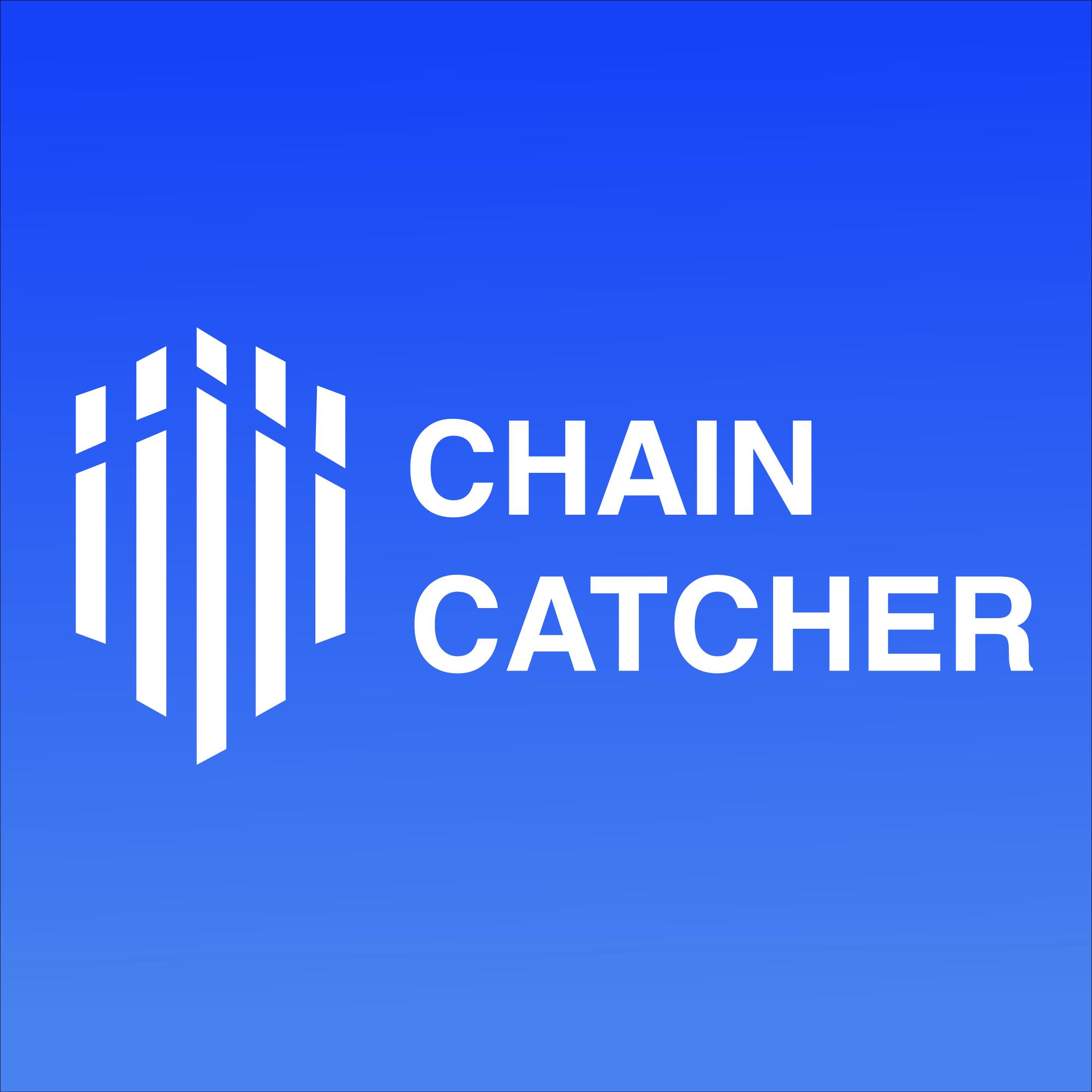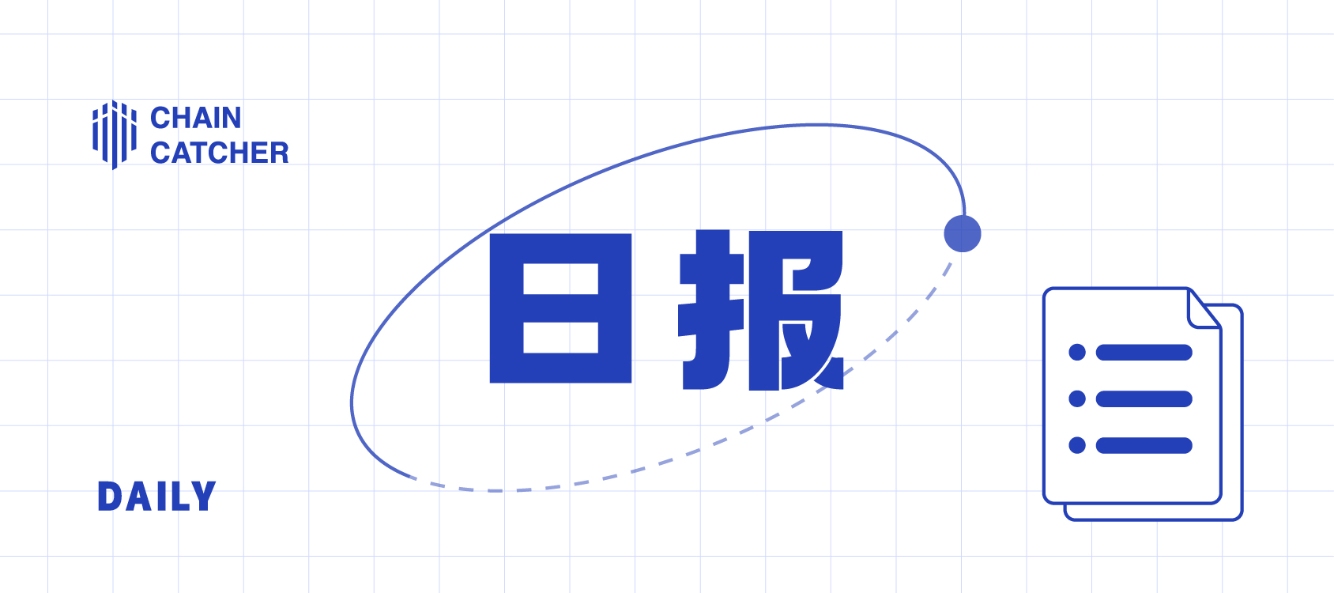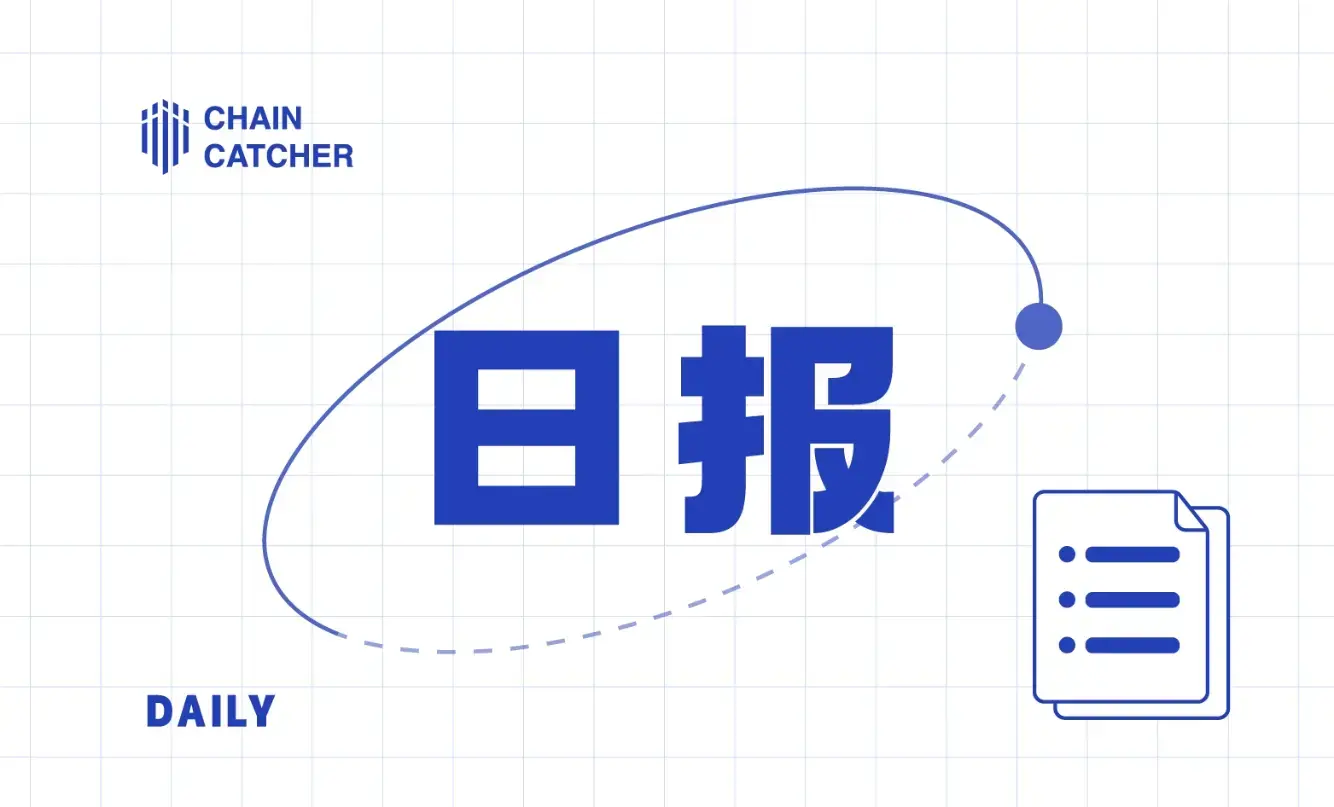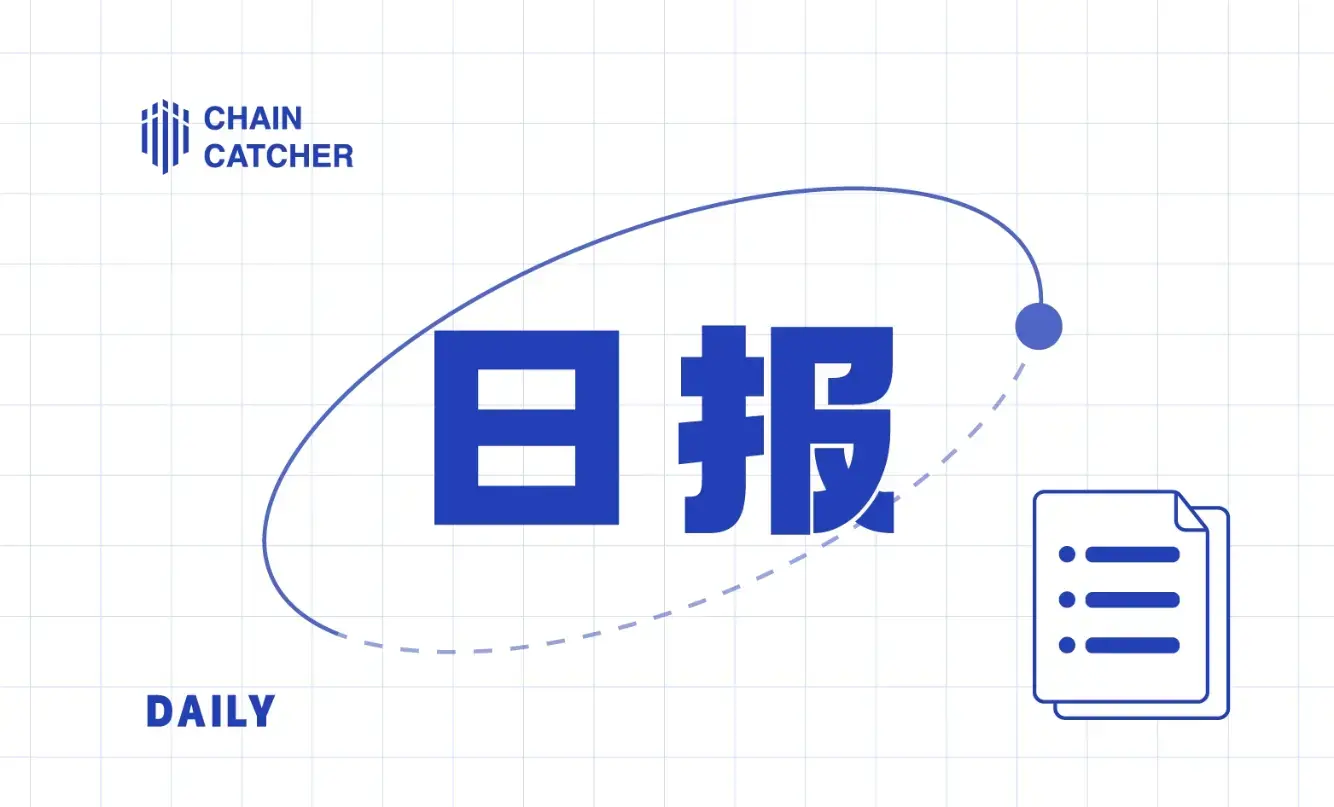Daily Report |AltLayer completes $14.4 million strategic round of financing, led by Polychain Capital and Hack VC; Japanese Cabinet approves new proposal to allow VC firms to directly invest in cryptocurrency and Web3 companies
Organizer: Luan Peng, ChainCatcher
"What Important Events Happened in the Last 24 Hours"
1. AltLayer Completes $14.4 Million Strategic Round Financing, Co-led by Polychain Capital and Hack VC
According to ChainCatcher and reported by CoinDesk, the Rollup-as-a-Service protocol AltLayer has completed a $14.4 million strategic round of financing, co-led by Polychain Capital and Hack VC.
AltLayer is a platform aimed at launching original and re-staked Rollups, supporting both Optimistic and ZK Rollup stacks. (Source link)
2. Zhu Su: 3AC Invested in Worldcoin in 2021, Its Creditors Are Among the Largest Holders of WLD
According to ChainCatcher, Zhu Su posted on X platform stating that his investment in Worldcoin in 2021 faced criticism from many, as there were numerous negative reports about the project at that time, leading most seed round investors to refrain from publicly supporting the project on Twitter (now X).
Zhu Su also mentioned that he would not directly benefit from WLD's performance but is pleased that 3AC's creditors hold one of the largest WLD positions. It is reported that on October 21, 2021, Zhu Su stated, "Worldcoin is one of the most ambitious and exciting projects I have seen in the crypto space so far." (Source link)
3. Japanese Cabinet Approves New Proposal to Allow VC Firms to Directly Invest in Cryptocurrency and Web3 Companies
According to ChainCatcher, on February 19, Coinpost reported that Japan's Ministry of Economy, Trade and Industry announced on February 16 that the Japanese Cabinet has approved a proposal to add cryptocurrency to the list of assets that local investment limited partnerships can acquire or hold.
If the amendment to the law is realized, Japanese venture capital (VC) will be able to invest in projects that only issue virtual currencies, lowering the threshold for Japanese Web3 companies to raise funds and conduct business.
Previously, Japanese venture capital firms were unable to directly invest in crypto assets. The Japanese government is expected to submit a draft amendment to the LPS law to the National Assembly as early as 2024. (Source link)
4. Foreign Media: South Korea's Ruling Party Considers Allowing Bitcoin Spot ETF in Election Promises
According to ChainCatcher, South Korea's ruling party, the People Power Party, is considering allowing Bitcoin spot ETFs approved by the U.S. in its election promises. In addition to Bitcoin spot ETFs, the right-wing party also stated it would review legislative measures to approve other cryptocurrency-related investment products that have been approved in the U.S. Currently, due to a ban from financial authorities, overseas Bitcoin spot ETFs are not allowed to be traded through domestic securities firms.
Additionally, the ruling party plans to consider gradually lifting the country's institutional investment ban on cryptocurrencies and Initial Exchange Offerings (IEOs), and also plans to establish a "Digital Asset Promotion Committee." (Source link)
"What Exciting Articles Are Worth Reading in the Last 24 Hours"
1. “Exploring Positive-Sum Games in Crypto Design: New Paths to Achieve Positive-Sum Outcomes”
In today's world, there is a phenomenon where an increasing number of issues, such as the environment, public health, and human rights, can only be resolved through global cooperation. Digital public goods also fall into this category. Since digital public goods are meant for use by people worldwide, global cooperation is necessary in their provision and management, and the choices made must benefit not just specific individuals but all people globally. In fact, political economist Elinor Ostrom won the Nobel Prize for her research on the management of common goods, which showed that resources can be governed autonomously by the communities of users (i.e., the commons) rather than by the government. While it is commonly believed that community management of resources leads to the tragedy of the commons, she clarified that it is possible to govern appropriately through specific principles without triggering the tragedy of the commons.
However, the commons studied by Ostrom were local communities, such as fishing villages. The digital public goods I mentioned are a global issue. Therefore, for a resilient or sustainable renewable world, coordination with people on a global scale is necessary, but it cannot be extractive. In this context, humanity faces common problems, and the outcome of coordination should be based on cooperative positive-sum games rather than traditional competitive zero-sum games.
2. “2024 Solana On-chain DePIN Ecosystem Analysis: Which Projects Are Worth Focusing On?”
"Solana is the DePIN chain," in other words, Solana is undoubtedly the most suitable public chain for DePIN at present. This dominance story began with Helium, the largest DePIN project, which migrated from its own L1 to Solana in the second quarter of 2023.
Today, Solana has become the chain for industry leaders like Helium, Hivemapper, and Render (imagine the FAANG trio of the DePIN world), with a total FDV represented by Solana DePIN exceeding $10 billion and a market cap of over $4 billion!
Solana's comprehensive infrastructure and developer community are now attracting DePIN projects at various stages of their lifecycle. While Solana is a general-purpose chain with a thriving DeFi and NFT ecosystem, its rise as a leader in the DePIN category is indeed noteworthy. Many believe DePIN is one of the most promising investments in the Solana ecosystem, thanks to its massive TAM (Total Addressable Market) and Solana's first-mover advantage in DePIN.
Messari estimates that the total TAM for DePIN exceeds $2.2 trillion and is expected to reach $3.5 trillion by 2028. This forecast assumes that many physical infrastructures will be incentivized through tokens, which may lead to digital exaggeration. Nevertheless, this represents one of the boldest bets in the crypto space.
In this article, we will briefly explore DePIN, investigate why DePIN projects choose Solana, discuss various Solana projects, and finally summarize the themes worth paying attention to in Solana and DePIN. Through this article, you will gain all the necessary insights about Solana DePIN.
Altcoins are soaring, and artificial intelligence will become the dominant narrative of the bull market. Will these projects yield 100x returns in the long run? Crypto KOL @ourcryptotalk takes you to find the answers from both short-term and long-term perspectives.













